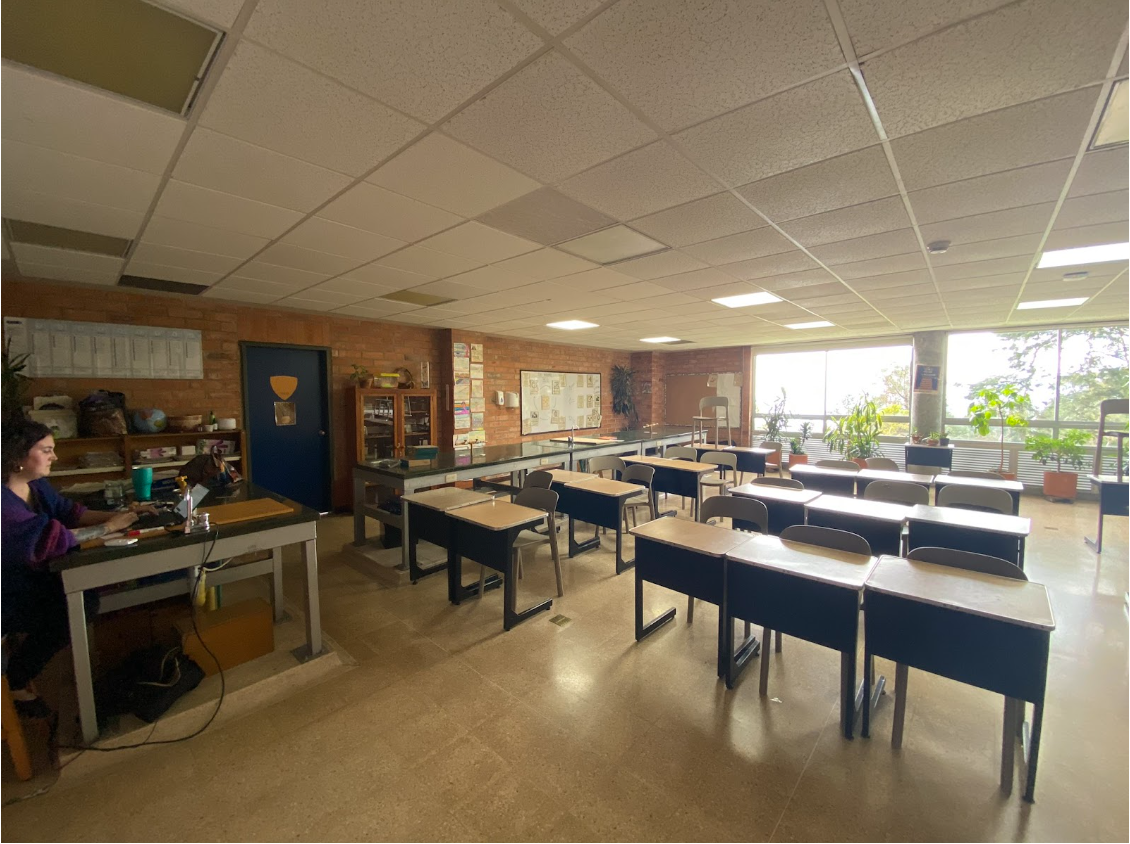In a world increasingly focused on the rhythms of nature and the constant change of our planet, Earth and Environmental Science creates knowledge, guiding us through the complexities of our environment. This course equips students with facts and creates a deep understanding of the planet we call home, empowering future generations to make informed decisions and foster sustainable practices.
Blaire Dawkins teaches both AP and normal environmental science in TCS. She is a kind, warm-hearted teacher who found her profession in science after overcoming an initial disinterest in science, emphasizing the power of education in this topic.
“I never thought I would end up teaching science…until I took my first Earth and Environmental Science class in college,” Dawkins, Science Teacher, said.
Her approach to teaching is deeply influenced by her pesronal journey, making her classes relatable and engaging. By relating the curriculum to local environmental phenomena, such as landslides or changes in local water bodies, she brings the subject matter to life. “When students can see the relevance of what they’re learning to their own community, it sparks their curiosity and engagement,” Dawkins said.
The curriculum in Dawkins’ Earth and Environmental Science class is easy to follow, covering the hydrosphere, atmosphere, and geosphere, alongside current environmental challenges. This broad amount of topics ensures that students receive an understanding of the planet’s systems and their impact on them.
“I never realized how everything in Earth science is connected…it’s really cool to see that,” Villa, said.
An upside of Dawkins’ teaching method is the integration of technology and hands-on projects to deepen students’ understanding and engagement. She prefers using online simulations and digital labs. “It’s one thing to read about the water cycle…but it’s another to simulate it and see the impact of, say, deforestation on rainfall.” This innovative use of technology allows students to explore complex topics beyond the reach of traditional old-school classroom tools,” Dawkins said.
Projects and experiments play a crucial role in Dawkins’s class, emphasizing real-world application and critical thinking. Villa shared his enthusiasm for a project where they used an app to document local water resources, “It was a great way to learn about the science behind our local environment,” Villa said.
Despite the rewards, teaching Earth and Environmental Science comes with its challenges. Moving away from traditional memorization and multiple-choice tests to a more hands-on, exploratory approach has required students to adapt to new ways of learning. Additionally, sourcing resources for activities can be difficult.
However, the successes outweigh the challenges. Students learn to prove their understanding of environmental concepts, taking ownership of their learning process. This change from passive learning to active engagement represents a significant departure from traditional education methods, promising a brighter future for environmental education.
In conclusion, Dawkins’ Earth and Environmental Science offers a transformative approach to understanding our planet. Through hands-on projects, technology integration, and a focus on current issues, students are now equipped to navigate and address the environmental challenges of our time. As we look to the future, the lessons learned in this class will play a crucial role in shaping the environmental knowledge of the next generation.
“It’s not about the memorizing anything, it’s about how their mind works,” Dawkins, referring to student minds.



